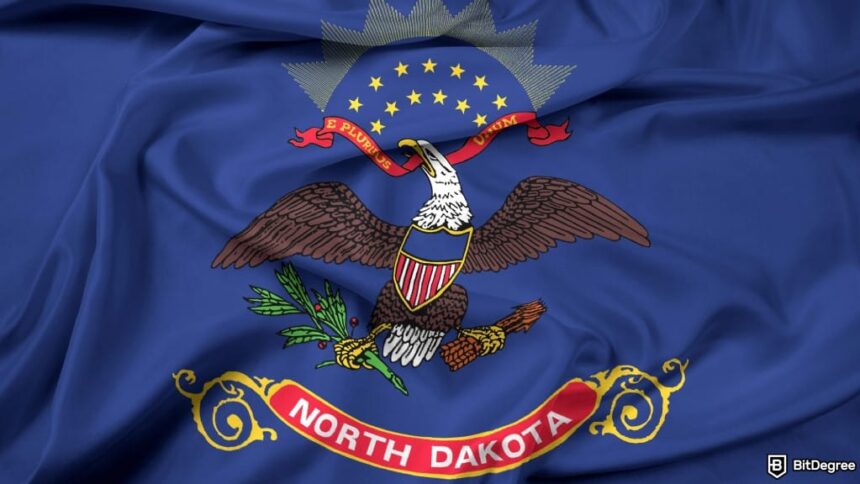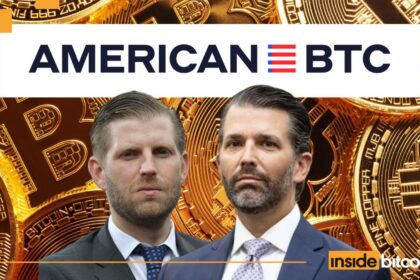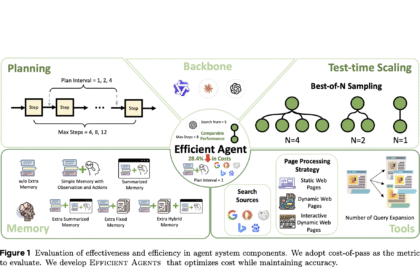Seeing a parent join TikTok is a weird feeling.
On one hand, you’re proud they’re catching up. On the other, you’re worried they’ll ruin your algorithm.
(Case in point: my mom joined last week and has already sent me five “life hacks” that hack absolutely nothing. Love her, but if I see one more video about folding towels the right way, I might lose my marbles fr.)
|
And this feeling is similar to seeing TradFi get into crypto.
The latest example: the Bank of North Dakota announced it’s building something called the Roughrider coin – a US dollar-backed stablecoin.
They’re doing it with Fiserv, one of the biggest payments tech companies in the world that runs a lot of the software banks and stores already use.
It’s meant for everyday banking activities (stuff like bank transfers, merchant payments, and settlements) and is supposed to launch in 2026, starting with North Dakota’s banks and credit unions.
Now, the Bank of North Dakota is special – it’s the only state-owned bank in the US.
That means a state government is now adopting crypto infrastructure – using tokenized dollars, likely on a blockchain, to speed up money movement inside TradFi.
It’s actually not the first state to try it – Wyoming launched its own stablecoin, the Frontier Stable Token, earlier this year. But North Dakota’s project stands out because it’s bringing in a major payments provider from day one.
That means this isn’t a test run; it’s already a step toward real use in the existing financial system.
And here’s what this whole thing means 👇
1/ Regulation
When a state-backed bank mints a stablecoin, it shows that blockchain-based money is entering the mainstream financial system.
That lowers the legal and technical risks for companies that build the rails – like Layer-1 blockchains, stablecoin platforms, and on-chain compliance tech.
2/ Proof that tokenization is real
North Dakota’s plan fits the trend of putting traditional assets on-chain.
Institutions like BlackRock are already experimenting with tokenized funds; now a US state is tokenizing its currency.
It’s confirmation that on-chain settlement is where finance is heading.
3/ Pressure on private stablecoins
A state-issued, fully transparent, FDIC-level stablecoin challenges the market dominance of USDT and USDC.
Even if Roughrider never scales nationwide, it pressures private issuers to improve transparency – which reduces systemic risk for DeFi and strengthens investor confidence.
4/ Bridge to TradFi capital
If government-backed stablecoins become normal, it becomes easier for banks, pension funds, and insurers to move money on-chain.
That creates new demand for infrastructure, liquidity pools, and tokenized assets – all of which support long-term growth in the crypto ecosystem.
|
Basically, Roughrider Coin isn’t gonna pump token prices tomorrow.
But it does something more important: it builds trust in the system crypto runs on and proves that the ideas born in crypto are starting to impact how traditional money moves.
And just like watching your parents on TikTok: you might cringe, you might be impressed – but either way, you know it means the thing’s officially gone mainstream.
|
Now you’re in the know. But think about your friends – they probably have no idea. I wonder who could fix that… 😃🫵 Spread the word and be the hero you know you are! |












